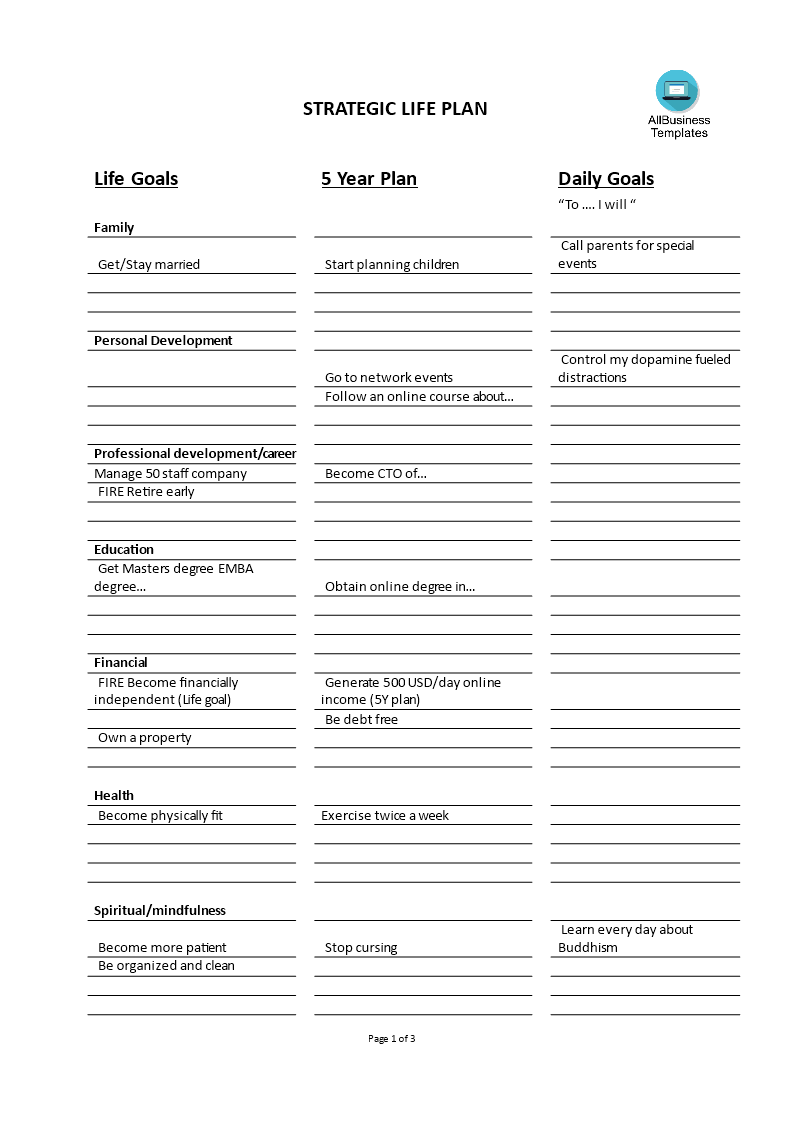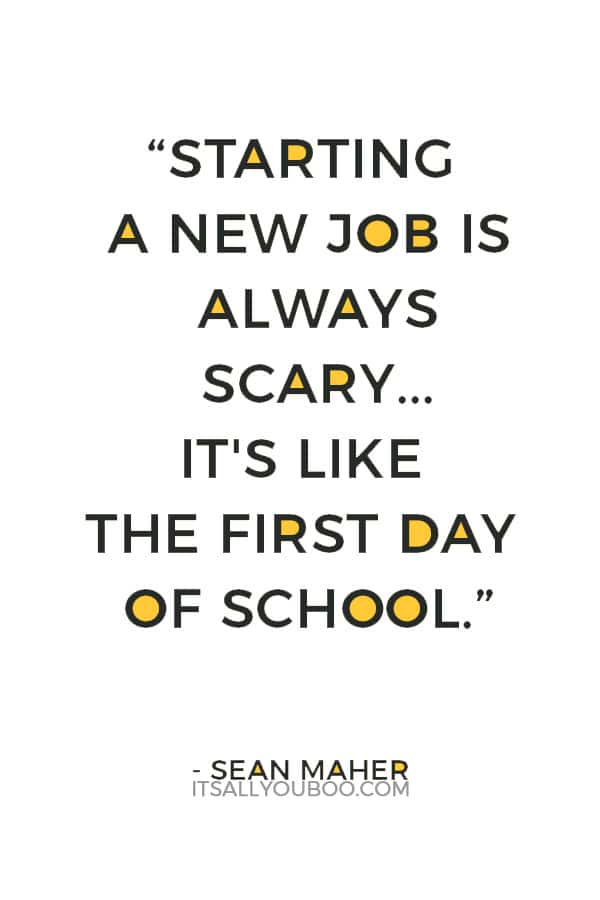
Careers mapping is a powerful tool to help you grow your in-house talent. Employers can use this tool to identify the strengths and weaknesses of their employees and then plan accordingly. This process allows employees and employers to determine their next steps. Career mapping helps employees and employers develop in-house talent, as well as recognize areas of expertise that need improvement.
Job descriptions
It is crucial that job descriptions be included in the career development process. They outline the responsibilities of each job and help in succession planning and recruitment. They allow you to identify the necessary skills and knowledge and establish pay equity. When used correctly, job descriptions can save an organization tremendous time when filling a position.
A job description should be written using descriptive action verbs that are in the present perfect tense. A section should be included for "other duties as requested." This gives you more flexibility and provides a better understanding of the job. Additionally, this eliminates the need to use vague terms like "managing partner" or project manager. It should also include the essential functions of the job. In addition to a job title, the description should include an employee's name and department.

Salary ranges
You can attract and retain the most qualified candidates by setting a salary range. These should be included in job postings and used during interviews. They also come in handy if you decide to negotiate salaries later. The following are important considerations to keep in mind when setting a salary range.
The company and job description will affect the range of salaries for certain roles. For example, a job description that lists a salary range for a certain position may discourage applicants who don't have the necessary qualifications. An employer can save time when determining the correct salary for a job.
Skills required
A career skills map helps you identify your strengths and weaknesses, and to create a map of all your abilities. It is possible to map your skills and identify the areas you are most skilled in. Career mapping can be applied to departments, teams, or individual employees. It's an excellent way to gauge your progress as a person, team, and organization.
The ability to map your career can help you increase productivity. Research shows that teams consisting of people with complementary skills are more productive and satisfied. Mapping your skills is a great way to improve the planning of your training and hiring. They can also use this information for identifying skills gaps in jobs.

Market demand
Employers that are seeking to hire workers can use career maps as a valuable tool. Career maps can be static, downloadable resources, or interactive web tools. A lot of career maps can be modified to include information regarding the anchor occupations in each industry. They can be used by companies to help them understand their current workforce's skills and knowledge.
Employers can use careers mapping to make better hiring decisions. It is useful for everything from recruiting a marketing role for a recent graduate, to landing a position in a new department two years later. Understanding someone's life path can be invaluable information, especially when looking for a job.